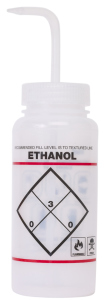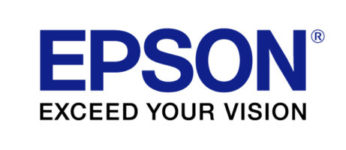The GHS, or Globally Harmonized System, will change the WHMIS System as an internationally recognized standard.
GHS Awareness
The GHS labeling system includes a number of tools, symbols, and signal terms that convey important information about the hazard classes associated with a chemical or product. It gives a harmonized communication system that not only addresses the requirements of the target audience, but also defines the way in which its audiences can receive and utilize the given information.
So which chemicals and products are covered by the GHS? Well, the term “chemical” includes almost everything from substances to preparations, mixtures, and more. The purpose of the GHS is to identify and let the general public know the intrinsic risks of chemical products and substances.

Understanding the “Signal Terms”
According to the GHS labeling system, it is important that either of two “signal terms” must be used on all the labels of all hazardous products. So what are these “signal terms”? Danger and Warning.
Though these two words may appear to be interchangeable to many chemical manufacturers and suppliers, they have different intent and uses. While the term Danger is used for products and chemicals that present an immediate or greater hazard to an individual, Warning identifies products that involve a relatively lesser degree of hazard.
For more information see the page The Globally Harmonized System of Classification and Labelling of Chemicals (GHS) for Workplace Chemicals on the Health Canada web site.








 Help Desk Service – Contact us Between the Hours of 7:30 – 4:00 (MST)
Help Desk Service – Contact us Between the Hours of 7:30 – 4:00 (MST)